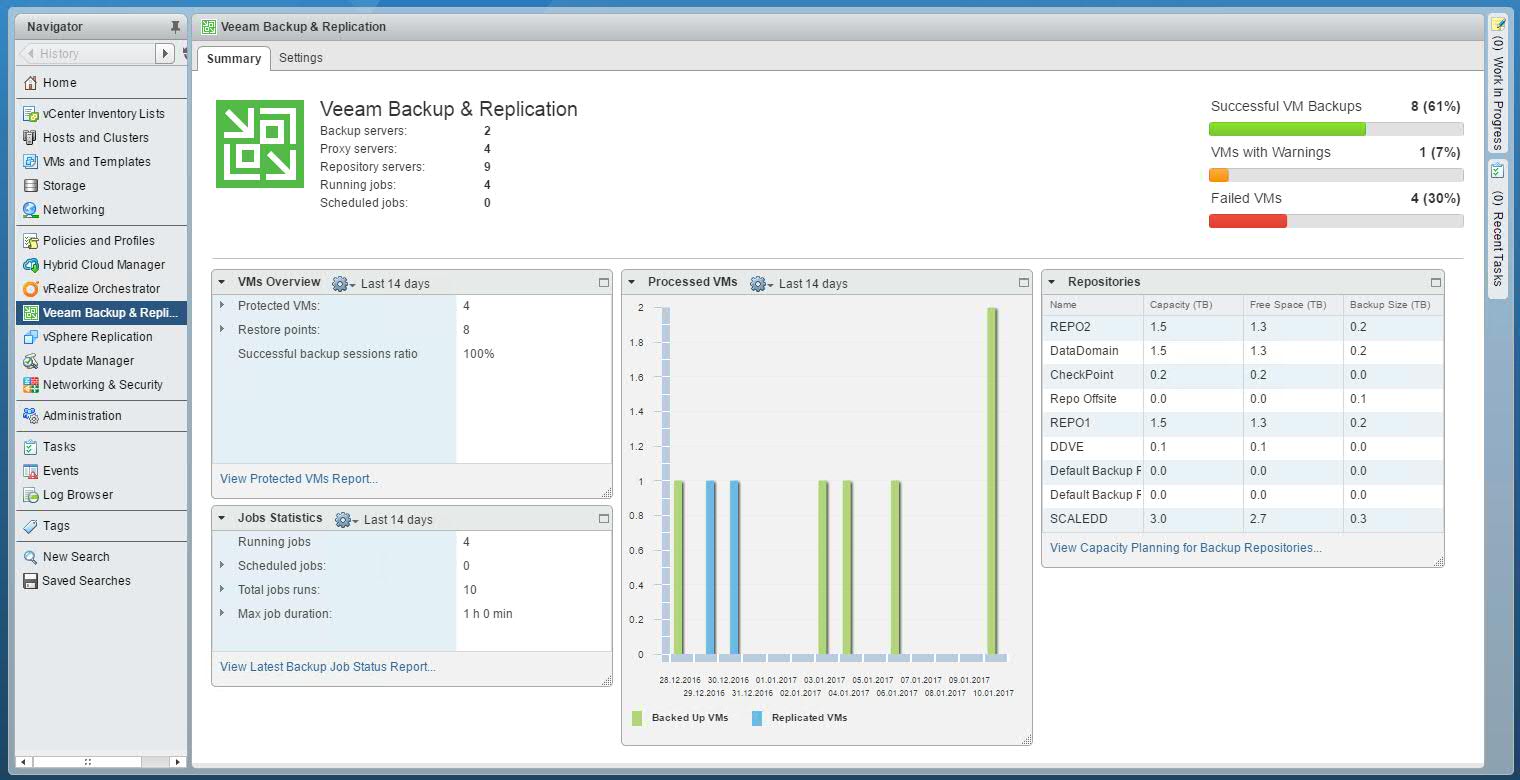
Vsphere Web Client Show Tasks Pane
- Jul 17, 2016 VMware has all new vSphere HTML5 Web client. It is based on HTML5 & JavaScript. This Client will work with the vSphere 6 environments. From this client you can manage the vCenter Server easily using the Browser.
- Download VMware vSphere. VMware Software Manager makes it easy to find, select, and download the content needed to install or upgrade a VMware product or suite with the push of a button. Customers who have purchased VMware vSphere 6.0 can download their relevant installation package from the product download tab below.

The vSphere Web Client is how you manage all of your resources for your vSphere deployment. In this article, we will walk you through how to access the vSphere Web Client. Note: Adobe Flash will be deprecated as of December 31, 2020. As a result, we will cover how to access the HTML5 interface in this article, but not the Flash version, which. May 31, 2019 In the software installer directory, double-click the autorun.exe file to start the installer. Select vSphere Web Client and click Install. Follow the prompts in the installation wizard to choose the installer language, and agree to the end user patent and license agreements. Either accept the default destination folder or click Change to. The web client is only available if you also have a vCenter server - there's no web client for ESXi. If however you only have a standalone ESXi host (free or licensed) and you need access to the advanced features, you could look at purchasing a VMware Workstation license and managing your host from there.

Vsphere Web Client Not Working
- You have reviewed the vSphere Installation and Setup Guide.
- You have met all minimum software and hardware requirements for vSphere 5.5. For more information, see the System Requirements section in the vSphere Installation and Setup Guide.
- You have configured both a forward and reverse lookup zone for this Microsoft Windows Server on your Domain Name System (DNS) Server(s).For more information on configuring reverse lookup zones in a Microsoft Active Directory domain, see the Microsoft TechNet article Adding a Reverse Lookup Zone.
Note: The preceding link was correct as of September 19, 2013. If you find a link is broken, provide feedback and a VMware employee will update the link. - You have decided on using the Simple Install method and want to install the vSphere Web Client on a separate Microsoft Windows platform.
- You have already deployed thevCenter Single Sign-On (SSO) service instance. For more information, see Installing vCenter Single Sign-On 5.5 on a Microsoft Windows platform (2058239).
Vsphere Web Client Download
Note: Having the services located on multiple Microsoft Windows servers increases the complexity of maintaining the environment. Additional complexity comes in the form of administration overhead and licensing costs. In addition, this configuration introduces points of failure, such as network connectivity and name resolution related issues which may involve engaging additional vendors during outages and maintenance windows. Please make sure that your infrastructure is configured in a redundant manner and you allocate appropriate resources considering these factors.